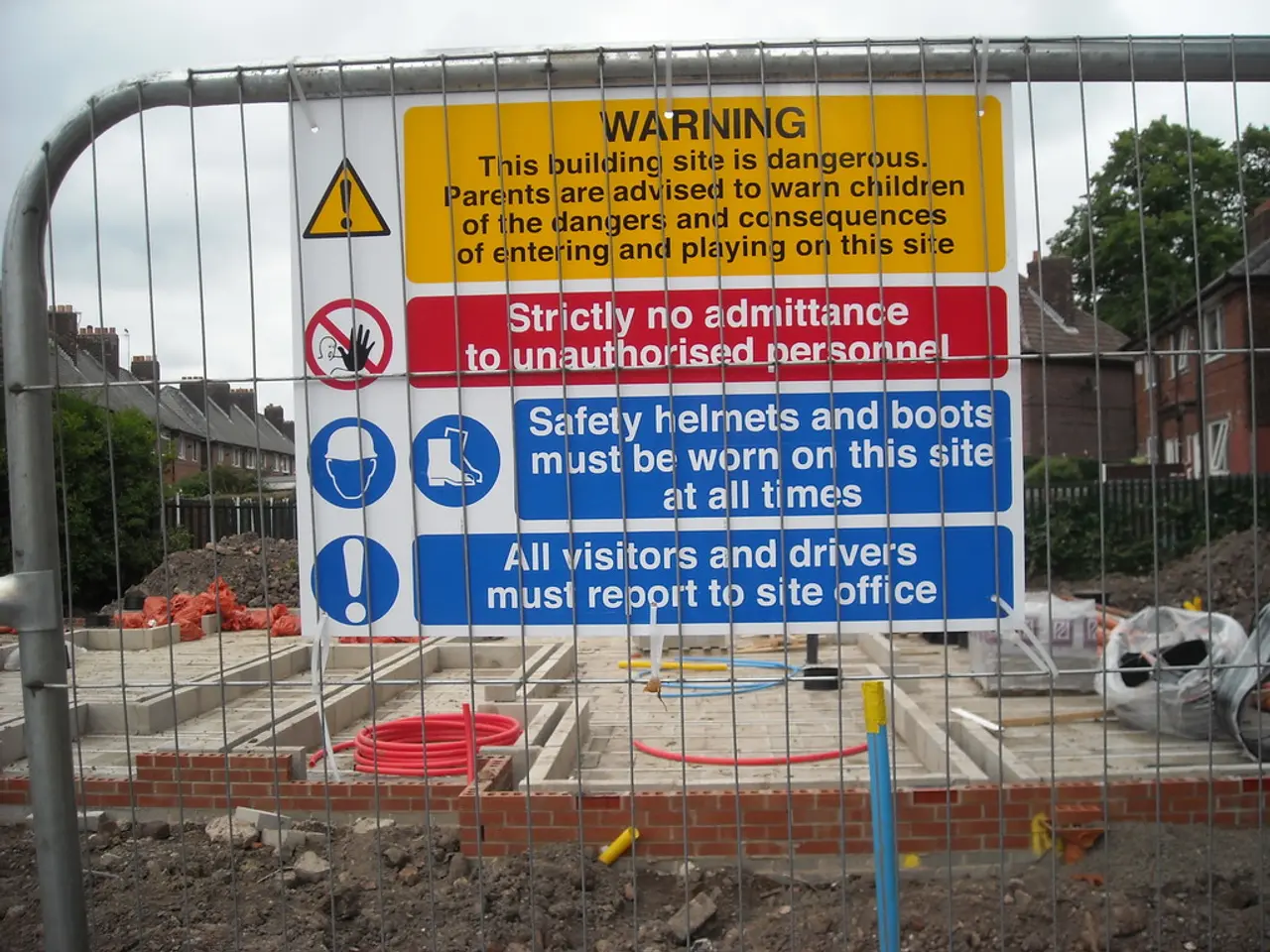Guidelines for Submitting Appeals: Form and Instructions
The Countryside and Rights of Way Act 2000, a piece of legislation that governs public access to certain land areas, provides a framework for challenging decisions made under its provisions. This article will outline the process for appealing refusals, focusing on the use of judicial review in administrative courts.
When a relevant authority refuses to act in accordance with applications or representations under sections 24, 25(1)(b), or 27(5) of the Act, the primary means of appeal is through a judicial review. This legal challenge questions the authority's decision, focusing on its lawfulness, procedural fairness, or reasonableness.
The first formal step in this process is the submission of a judicial review application to the High Court. If the judicial review is refused, or the claim dismissed, an application for permission to appeal to higher courts can be made. It is important to note that any enforcement action or further decisions by the authority may be deferred until the appeal is resolved, pending the granting of permission.
The government's guidance on judicial reviews provides detailed information on the rights, process, and handling of appeals and removals in environmental or access-related cases. This type of appeal is a legal challenge rather than a standard administrative appeal.
In cases where specific procedural forms or guidance related to rights of appeal in other regulatory contexts are required, sources such as the Information Commissioner's Office can provide useful information. However, for refusals under the Countryside and Rights of Way Act 2000, judicial review remains the conventional route.
In addition to the appeal process, the Act also provides a mechanism for public input in the process of revoking or varying a direction. Consultations on the revocation or variation of a direction under section 27(5) of the Act are required, allowing individuals to make representations on these matters. A direction can be sought under sections 24 or 25(1)(b) of the Act for excluding or restricting access for land management or public safety reasons.
In summary, an appeal against refusal under sections 24, 25(1)(b), or 27(5) of the Countryside and Rights of Way Act 2000 is effected by seeking judicial review of the decision in the administrative courts, with further potential appeal to higher courts subject to permission. It is crucial for those affected to understand this process and seek legal advice when necessary.
[1] Government guidance on judicial reviews: https://www.gov.uk/judicial-review [2] Information Commissioner's Office: https://ico.org.uk/for-organisations/data-protection-and-privacy/appeals/ [3] Specific procedural forms or guidance related to rights of appeal in other related regulatory contexts: https://www.gov.uk/government/collections/appeal-forms
- The appeal process for refusals under sections 24, 25(1)(b), or 27(5) of the Countryside and Rights of Way Act 2000 involves seeking a judicial review of the decision in administrative courts, which is a legal challenge rather than a standard administrative appeal.
- In certain cases where specific procedural forms or guidance related to rights of appeal in other regulatory contexts are needed, resources like the Information Commissioner's Office can offer valuable information, but for appeals under the Countryside and Rights of Way Act 2000, judicial review remains the conventional route.








